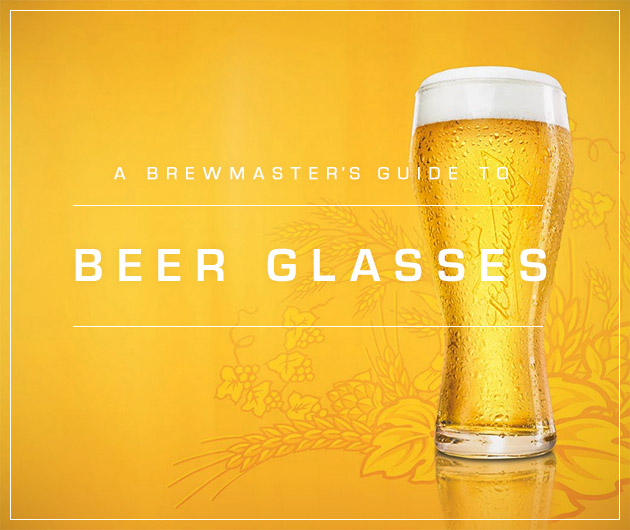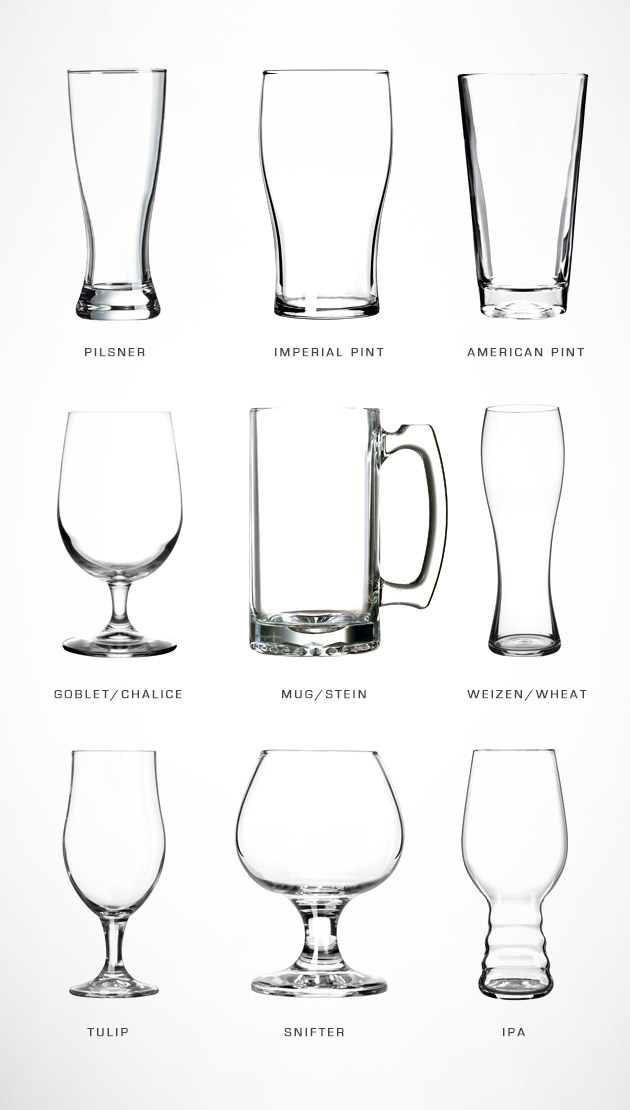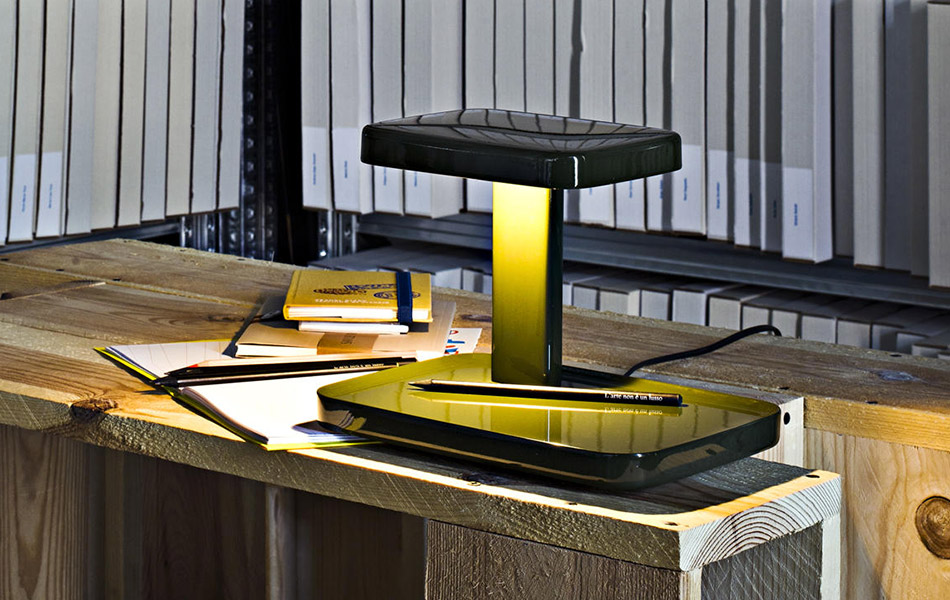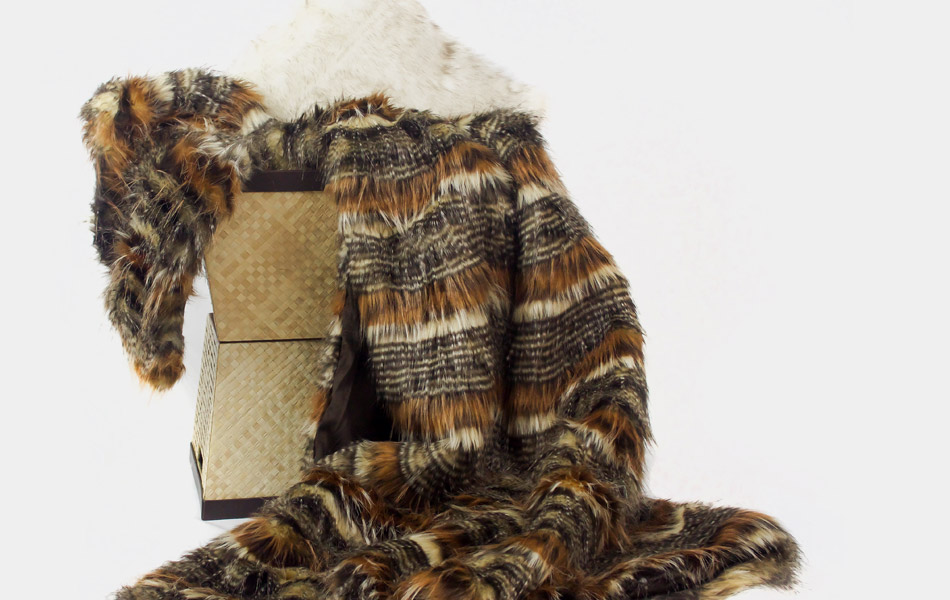A Brewmaster’s Guide to Beer Glasses


We’re a selfless bunch here at GearCulture, always willing to take one for our team of dear, loyal readers, to put our bodies on the line, or, in this case, our livers, for the greater good. So now, with help of the fine folk at Anheuser-Busch brewery, St. Louis, we bring you the ultimate guide to beer glasses.
Assistant brewmaster Dan Jansen has been with the firm who “make some of the finest beers in the world” for ten years. Growing up, he wanted to be many things, including an author, carpenter, umpire and teacher. Later, he developed a passion for the sciences, and then, like all good men, a love of booze. “While I was at college, I had the opportunity to do a co-op at the Anheuser-Busch Research Pilot Brewery,” says Dan. “What 21-year-old college student doesn’t want to get paid to learn how to make beer?” A dull one, if you ask us.
Dan tells us he was fortunate to have some amazing mentors who taught him the tricks of the trade, one of whom also turned him onto home brewing. “It’s still a passion of mine,” adds Dan, “and has helped me hone my skills as a brewer.” It’s a passion that’s as clean and clear as his brews. He savors wondering through his brewery and interacting with his brewers, monitoring and interaction which ensures that we, as consumers, are guaranteed a product of the highest quality. But theirs is only part of the job. How we choose to drink those suds is every bit as important.

Shapeliness is vital. The tall, sloped and narrow pilsner glass is ideal for sustaining the foamy heads of Bud and its fellow crisp, pilsners (firm favorites among the GearCulture staff at the end of a long hot summer day spent at the office. Or, when the editor’s not around, during those long hot summer days at the office). For those who favor the English-style pale ales such as Bass, ensure it’s served in a classic imperial pint glass as seen in traditional English pubs. American pint glasses should be saved for the likes of Bud light, having been originally created to serve cocktails. It’s a versatile vessel, also known as the shaker pint.
The classy-looking goblet – aka the chalice – should only be used for the classy Belgian stuff such as Stellar Artois, and, similarly, save the mugs and steins for the German stuff (think Oktoberfest and lederhosen). Weizen, or wheat glasses, offer a bulging head, which, says Dan, makes it “a showpiece for displaying unfiltered wheat beers that can have a large collar of foam like Shock Top Belgian White.” The malty aromas from the likes of Michelob Amberbock are enhanced by the shapely tulip glass, whose bulging bottom invites the drinker to warm it in their palm. Snifters, too, work well with malty flavors. “Goose Island Bourbon County Barleywine is my all-time favorite big beer,” Dan tells us. “I love sipping on one of these from a snifter.” If IPA is you’re thing, then opt an IPA glass, obviously.
Happy drinking!





